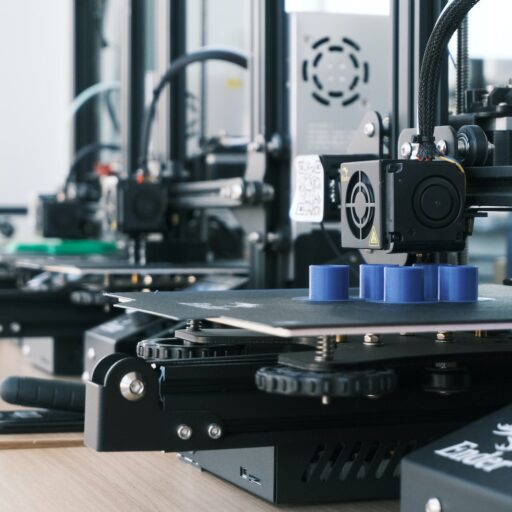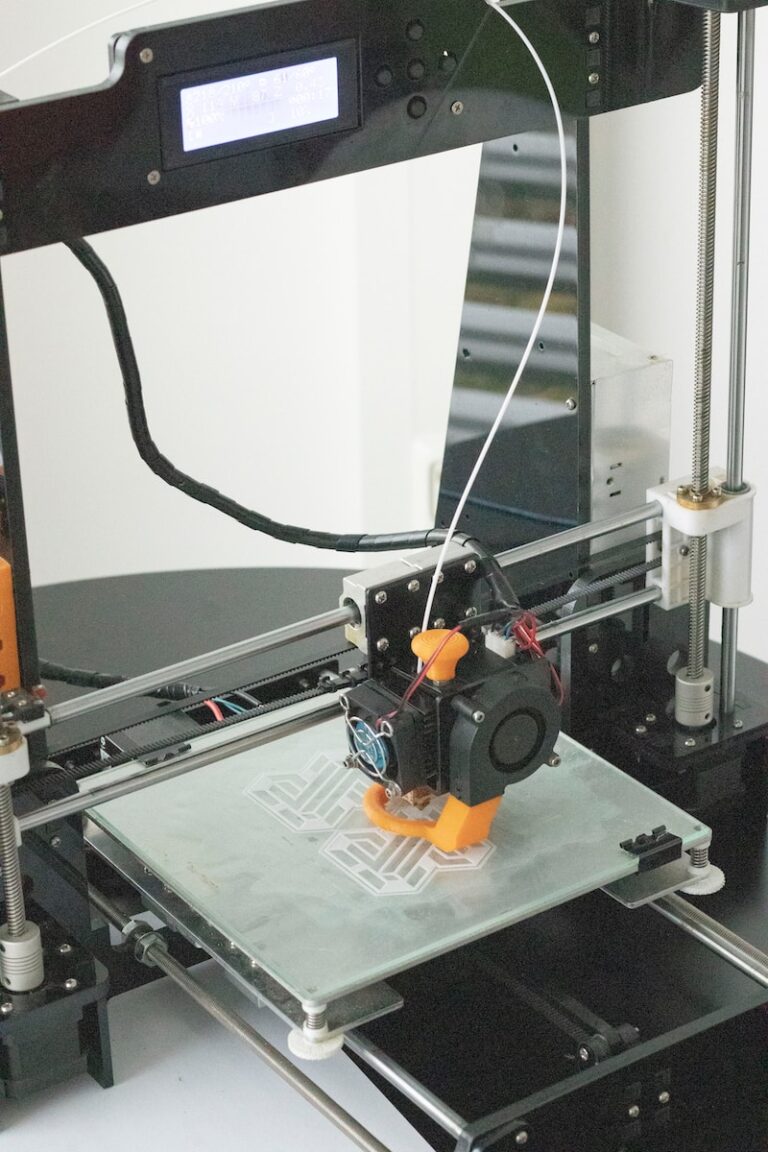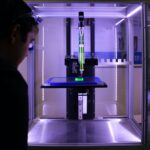Support our educational content for free when you purchase through links on our site. Learn more
What Type of 3D Printer is Most Precise? [2024]
Have you ever wondered what type of 3D printer is the most precise? When it comes to 3D printing, precision is a crucial factor, especially if you’re working on intricate designs or highly detailed models. In this article, we will explore the different types of 3D printers and determine which one offers the highest level of precision. So, let’s dive in and find out!
Quick Answer
The most precise type of 3D printer is the PolyJet technology. With a layer thickness of 0.016 mm and an accuracy of less than 0.099 mm, PolyJet technology offers exceptional precision. It is ideal for creating highly detailed and accurate prototypes, making it a top choice for industries such as automotive, aerospace, and medical. If precision is your priority, PolyJet technology is the way to go.
CHECK PRICE on: PolyJet 3D Printers | PolyJet 3D Printers | PolyJet 3D Printers | 3DGence Official Website
Quick Tips and Facts
- PolyJet technology utilizes UV lamps to cure liquid resin, resulting in high precision.
- It offers a layer thickness of 0.016 mm and an accuracy of less than 0.099 mm.
- PolyJet technology is suitable for creating precise elements that require high accuracy.
- It is commonly used for fast prototyping and creating smooth-surface prototypes.
- Industries such as automotive, aerospace, and medical rely on PolyJet technology for its precision.
Background: Understanding 3D Printing Technologies

Before we delve into the most precise type of 3D printer, let’s take a moment to understand the different 3D printing technologies available. Each technology has its own strengths and weaknesses, and understanding them will help us appreciate the precision offered by PolyJet technology.
Fused Filament Fabrication (FFF) or Fused Deposition Modeling (FDM)
FDM is one of the most popular 3D printing technologies. It works by extruding thermoplastic filament layer by layer to create a 3D object. While FDM printers are widely accessible and affordable, they may not offer the highest level of precision. The layer thickness of FDM prints typically ranges from 0.15 mm to 0.25 mm, which may not be suitable for highly detailed models.
Selective Laser Sintering (SLS)
SLS is a 3D printing technology that uses a high-powered laser to selectively fuse powdered material, such as nylon or polyamide, layer by layer. SLS printers are known for their versatility and ability to produce complex geometries. However, the precision of SLS prints may vary, with a typical tolerance of around 0.15 mm.
Stereolithography (SLA)
SLA is a resin-based 3D printing technology that uses a UV laser to cure liquid resin layer by layer. SLA printers are capable of producing highly detailed and accurate prints. The layer thickness of SLA prints typically ranges from 0.1 mm to 0.2 mm, offering a good level of precision.
Direct Metal Laser Sintering (DMLS)
DMLS is a 3D printing technology that uses a high-powered laser to selectively fuse metal powder, layer by layer, to create metal parts. While DMLS is primarily used for metal printing, it is worth mentioning as it offers high precision for metal components.
PolyJet: The Most Precise 3D Printing Technology
Now that we have a basic understanding of different 3D printing technologies, let’s focus on PolyJet technology, which is renowned for its precision.
PolyJet technology utilizes UV lamps to cure liquid resin, layer by layer, resulting in highly accurate and detailed prints. The layer thickness of PolyJet prints can go as low as 0.016 mm, allowing for intricate details and smooth surfaces. The accuracy of PolyJet prints is typically less than 0.099 mm, making it one of the most precise 3D printing technologies available.
PolyJet technology is widely used in industries that require high precision, such as automotive, aerospace, and medical. It is ideal for creating prototypes with intricate designs, architectural models, and other applications that demand exceptional accuracy.
PolyJet Technology Resolution: Less than 0.099 mm
To give you a better understanding of the precision offered by PolyJet technology, let’s compare it to other 3D printing technologies:
- FDM Technology Resolution: 0.15 mm to 0.25 mm
- SLS Technology Tolerance: 0.15 mm
- SLA Technology Resolution: 0.1 mm to 0.2 mm
As you can see, PolyJet technology surpasses other technologies in terms of precision. Its layer thickness and accuracy make it the go-to choice for projects that require the highest level of detail and accuracy.
FAQ

What is the most accurate type of 3D printer?
The most accurate type of 3D printer is the PolyJet technology. With a layer thickness of 0.016 mm and an accuracy of less than 0.099 mm, PolyJet technology offers exceptional precision.
Read more about “Best 3D Printer for Home Business …”
What 3D printer has the most detail?
PolyJet technology offers the most detail among 3D printers. Its ability to create prints with a layer thickness of 0.016 mm allows for intricate details and smooth surfaces.
How precise can a 3D printer be?
The precision of a 3D printer depends on the technology used. PolyJet technology, with its layer thickness of 0.016 mm and accuracy of less than 0.099 mm, offers the highest level of precision.
What type of 3D printer is better for printing fine detail?
PolyJet technology is the best choice for printing fine detail. Its ability to create prints with a layer thickness of 0.016 mm allows for highly detailed and accurate models.
Conclusion

When it comes to precision in 3D printing, PolyJet technology stands out as the most precise option. With its layer thickness of 0.016 mm and accuracy of less than 0.099 mm, PolyJet technology offers exceptional detail and accuracy. It is the go-to choice for industries that require highly precise prototypes and models.
If you’re looking for a 3D printer that can deliver the highest level of precision, we highly recommend considering PolyJet technology. Its ability to create intricate designs and smooth surfaces makes it a top choice for professionals in various fields.
So, if precision is your priority, don’t hesitate to explore the world of PolyJet technology and take your 3D printing projects to the next level!
Recommended Links
- 3D Printer Reviews
- 3D Printer Brands
- 3D Printers for Small Businesses
- 3D Printing Industry News
- 3D Printers for Education
- What is the Best 3D Printer for Pros?



